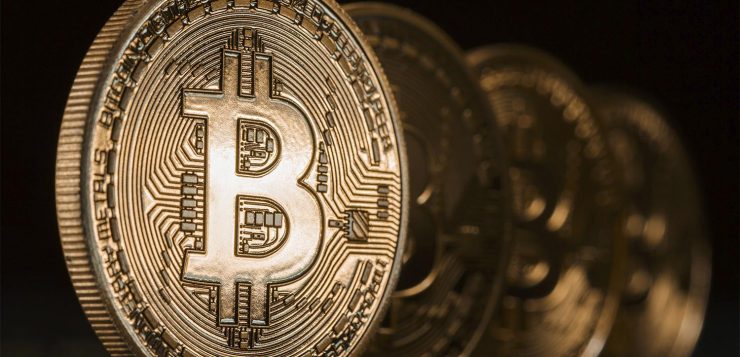You’ve heard of Bitcoin and possibly some others, but the major competitors, including central banks, have not even entered the market yet.
Will it make any sense for people to exchange paper currency in the future? I don’t think so. Paper notes and coins will be valued only by collectors and numismatists. Already, a remarkable $9 trillion a year is transacted with mobile payments in China (the United States is about $1 trillion). Currently, cash accounts for merely 2 percent of the value of all transactions in Sweden. The future is not hard to forecast—it is already in our faces.
We have seen a surge in alternative payment mechanisms such as Venmo and Apple Pay. I am much more comfortable using Apple Pay than my credit card. However, many of these fintech innovations are fleeting. They use the traditional banking backbone of transactions. The retailer has to pay 3 percent, which is an enormous cost per transaction. Apple Pay charges retailers 3 percent as well. Such fees are not sustainable, as there is already a technology that will drive the transactions costs lower: cryptocurrency.
With all of the swirling news about bitcoin and other cryptocurrencies, people are incorrectly focusing on the so-called store of value. Bitcoin prices skyrocketed in 2017—rising more than 1,500 percent. Many speculative investors jumped onto the bandwagon. These investors buy as prices go up. They don’t want to miss out. They don’t care about the scientific foundations of the underlying asset—they are in for the ride. It is a classic bubble mentality.
But when the bubble bursts, it does not mean cryptocurrencies go to zero. Consider the tech bubble in the late 1990s. There was a substantial correction, and the good companies survived. Even if there were a 90 percent correction in the price of bitcoin, we would be back to the value it held 12 months ago. At the point of the correction, the bandwagon investors jump off. The longer-term investors who have taken the time to understand the potential of the technology may be the first ones to be buyers.
Meanwhile, the conversation is turning from bitcoin to the thousands of alternative currencies. Bitcoin has gone from commanding most of the market capitalization of all cryptos to representing about one third.
If you were shocked by the price rise of bitcoin, check out the ether or ripple cryptocurrencies, which leave bitcoin in the dust.
We even introduced some new lingo in 2017: an ICO, or “initial coin offering.” The ICO is modelled on the conventional initial public offering. I firmly believe most ICOs have a long-term value of zero. Right now, it is like the Wild West. Almost anyone with a blockchain or cryptocurrency idea can raise money because the topic is hot. But there is a big gap between raising money and having a scientifically sound business model that will create long-term value.
This will be a year of sorting out. We will see hundreds if not thousands of ICOs go nowhere. There will be a battle at the top between bitcoin and its forked brethren against the business-friendly ether, ripple and various coins that offer anonymity. Remember bitcoin is not anonymous.
Read more at:
https://blogs.scientificamerican.com/observations/what-to-expect-from-cryptocurrency-in-2018/?utm_source=feedburner&utm_medium=feed&utm_campaign=Feed%3A+sciam%2Ftechnology+%28Topic%3A+Technology%29







